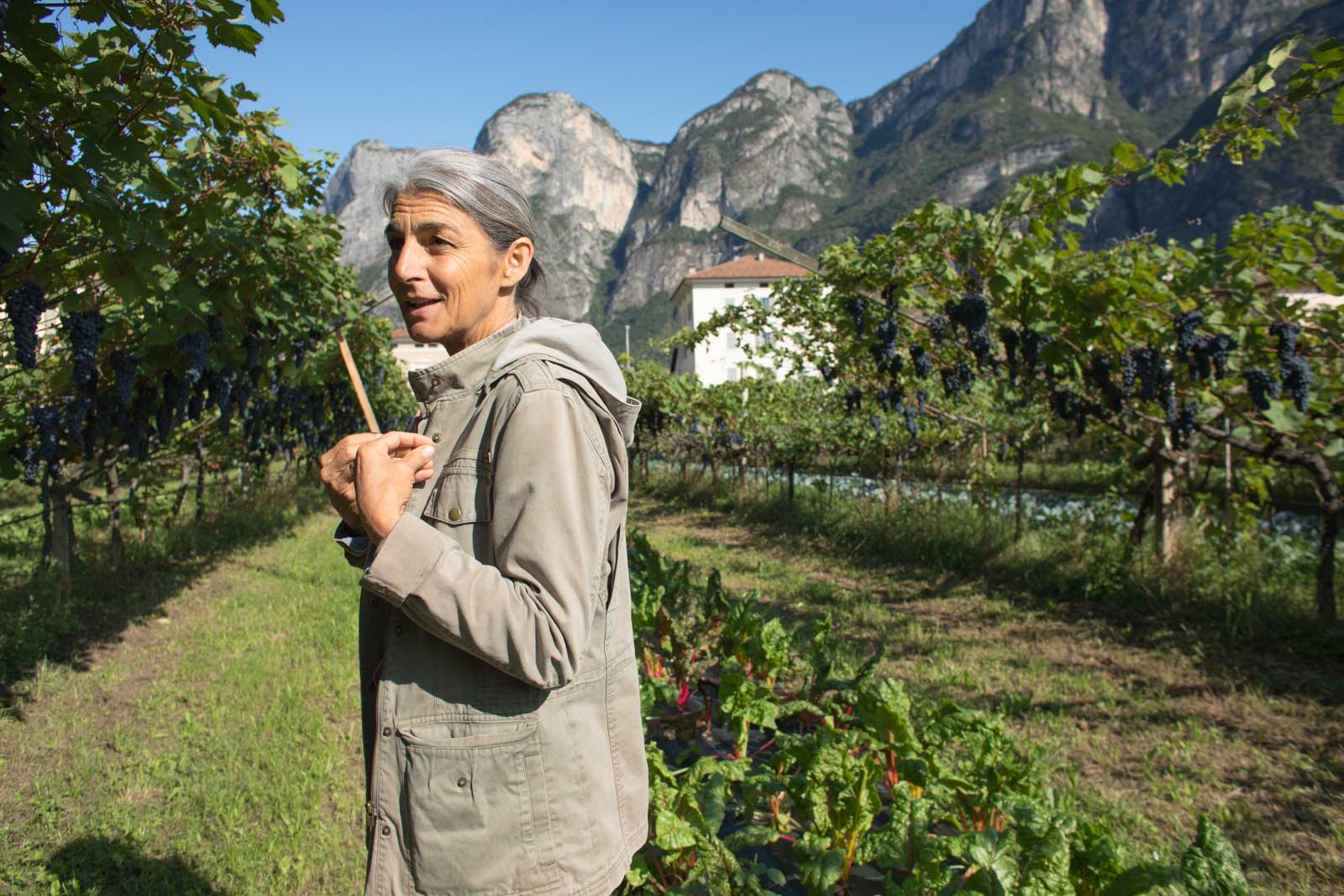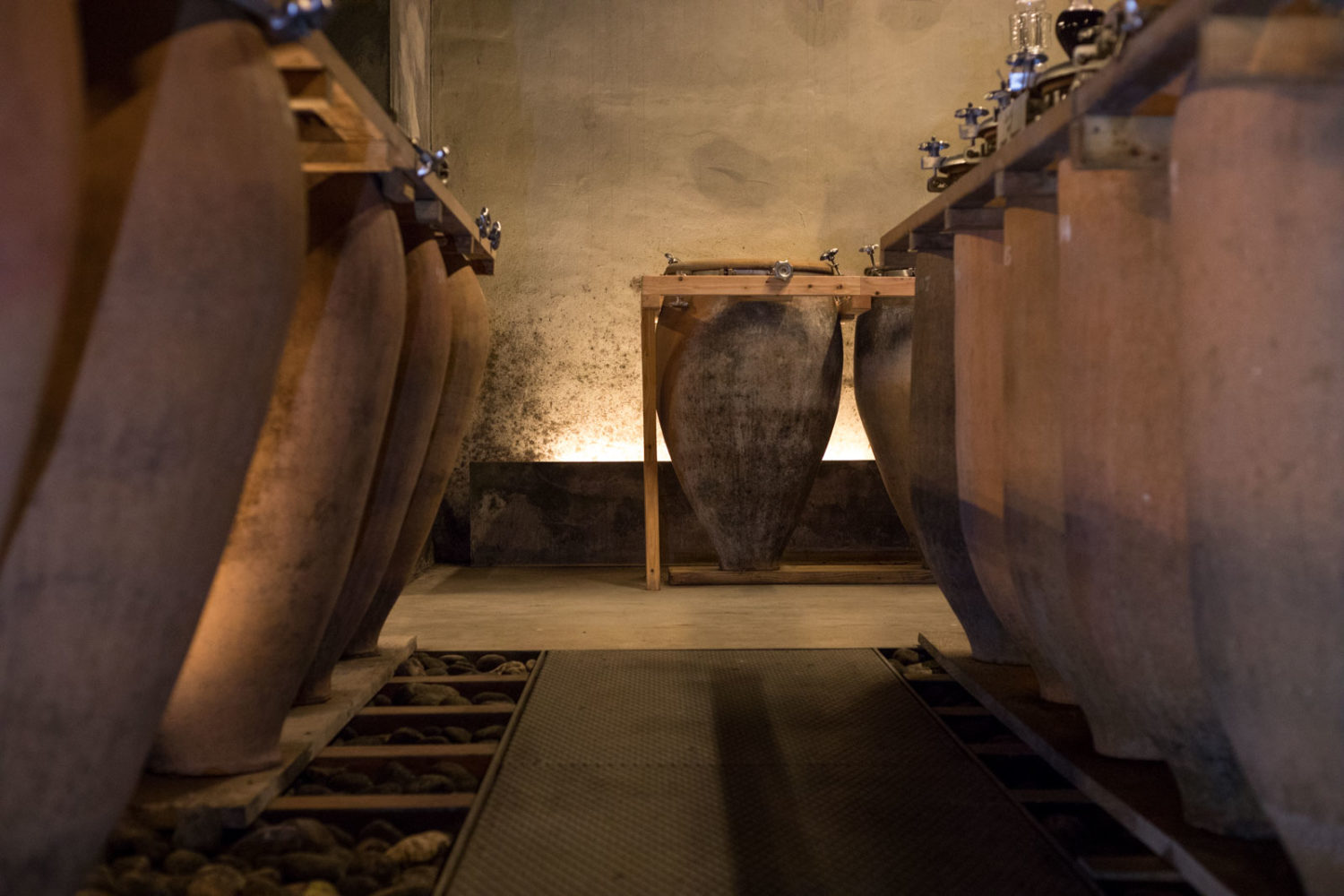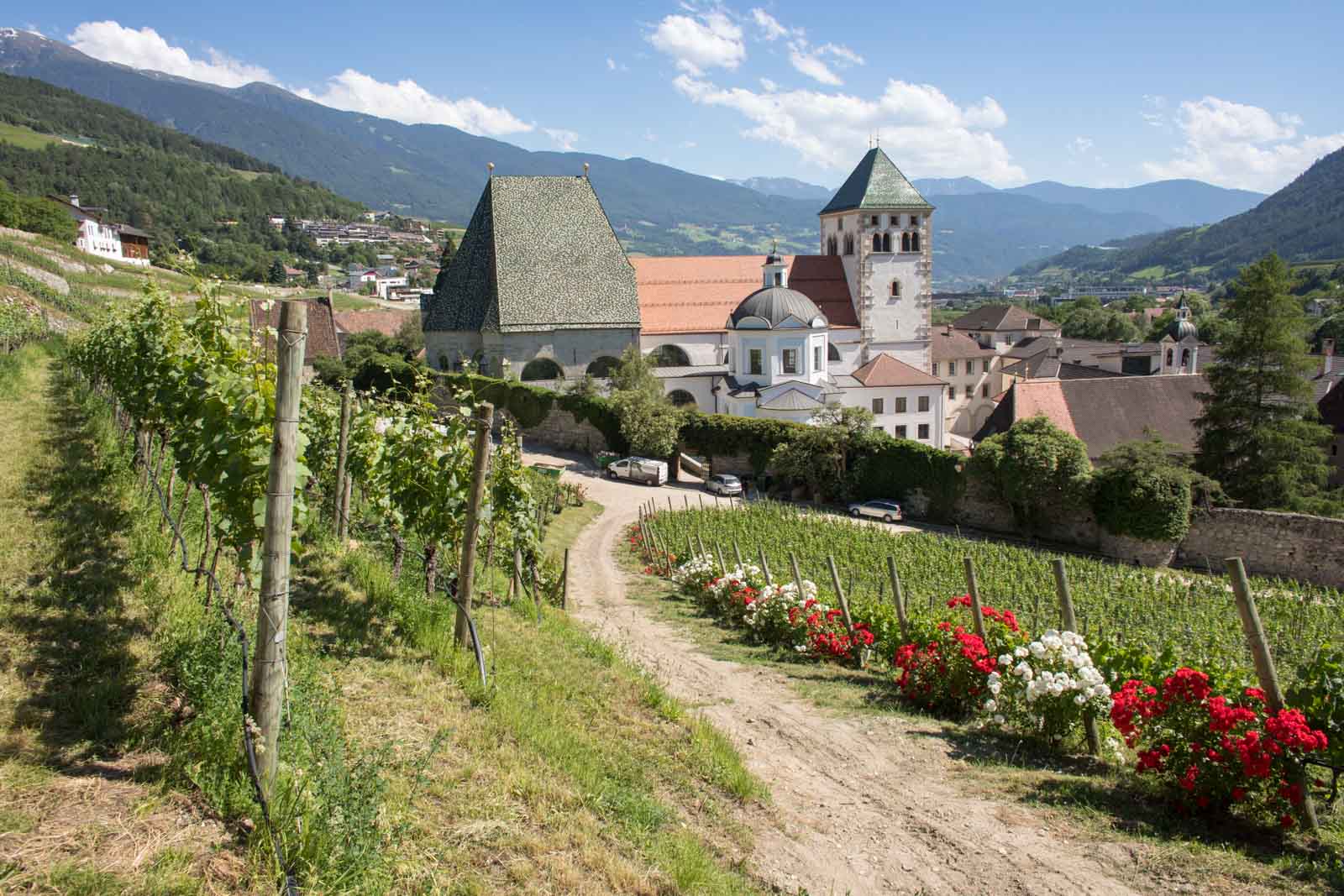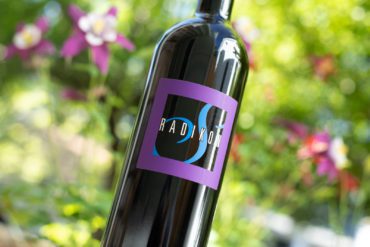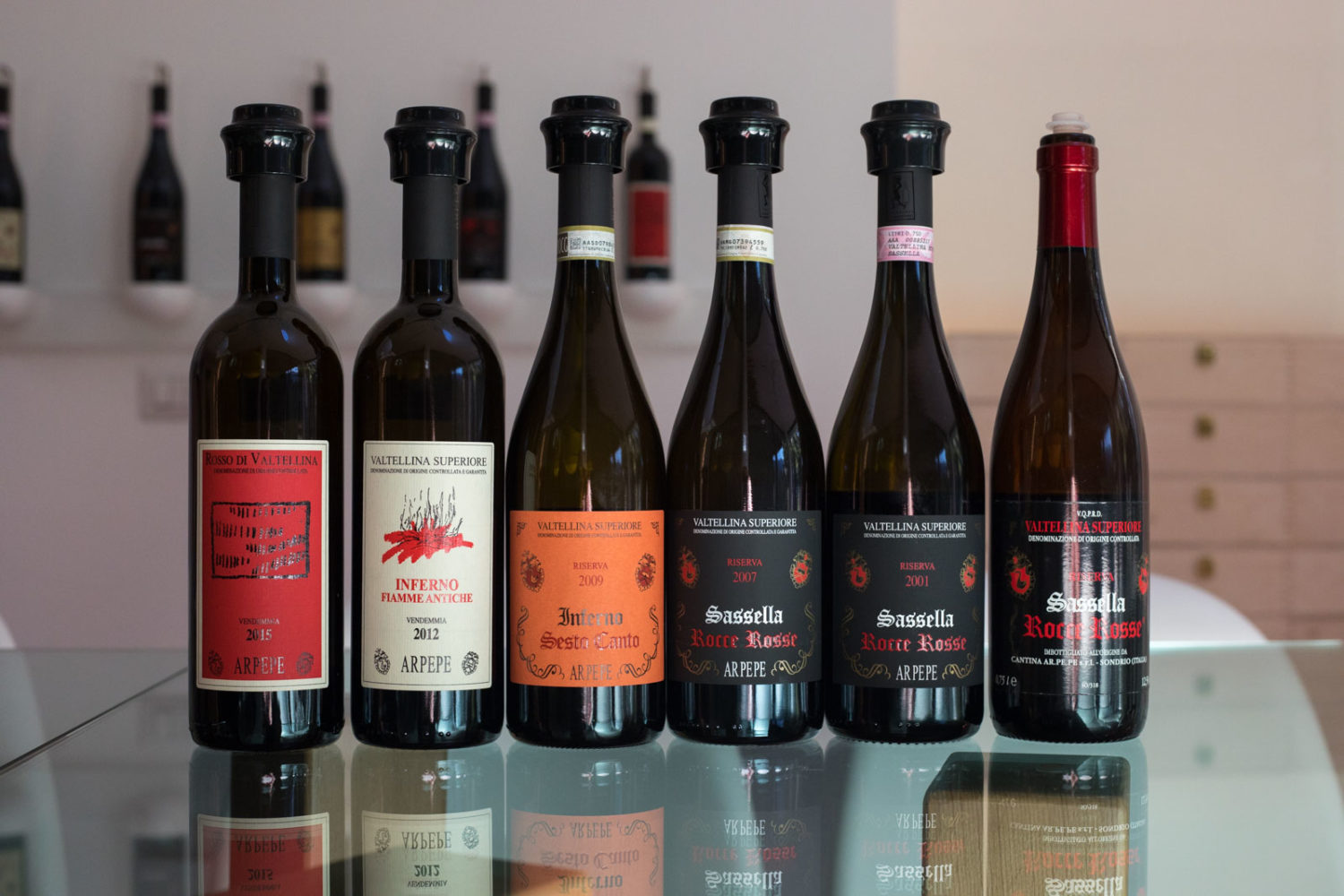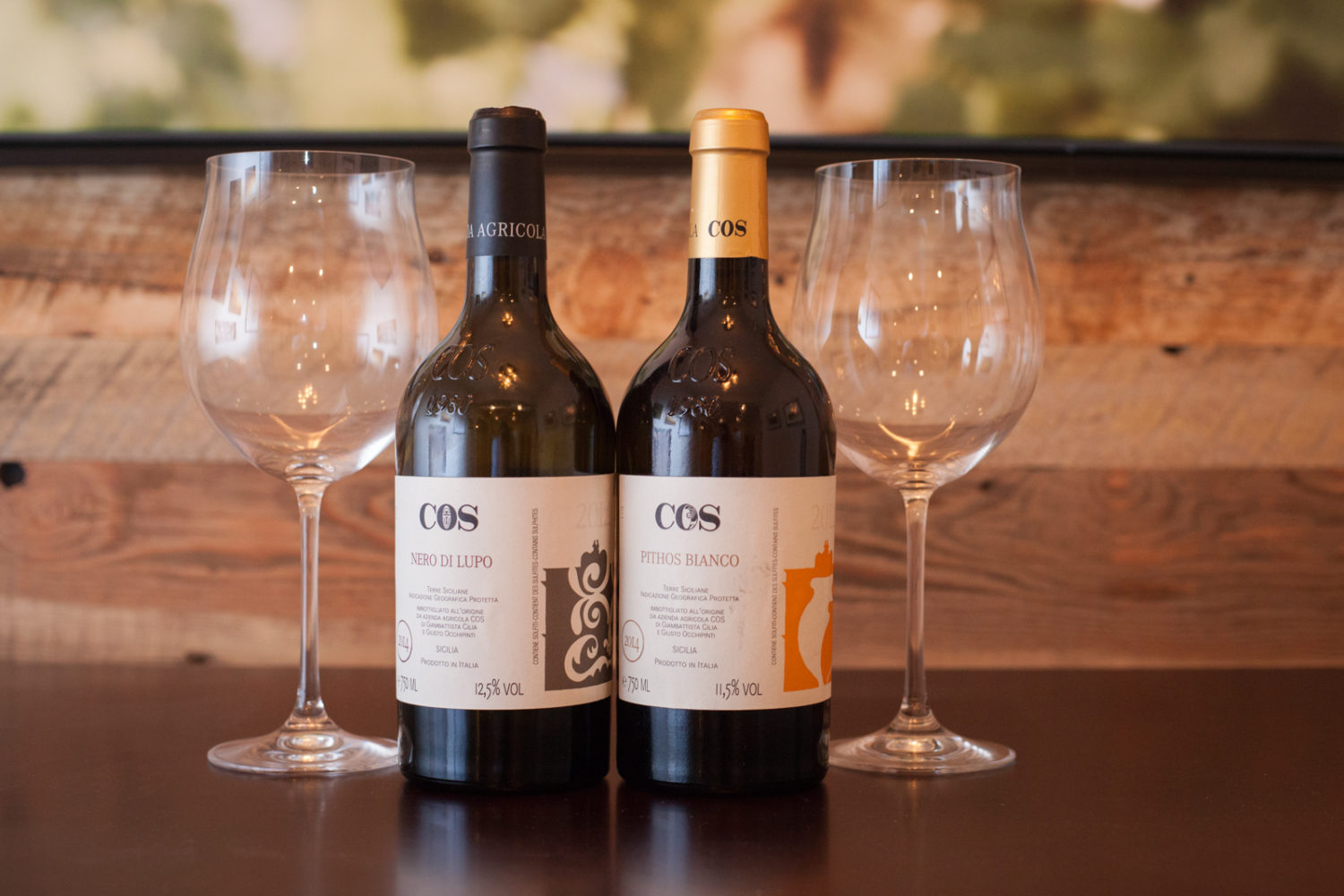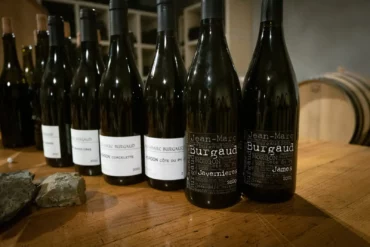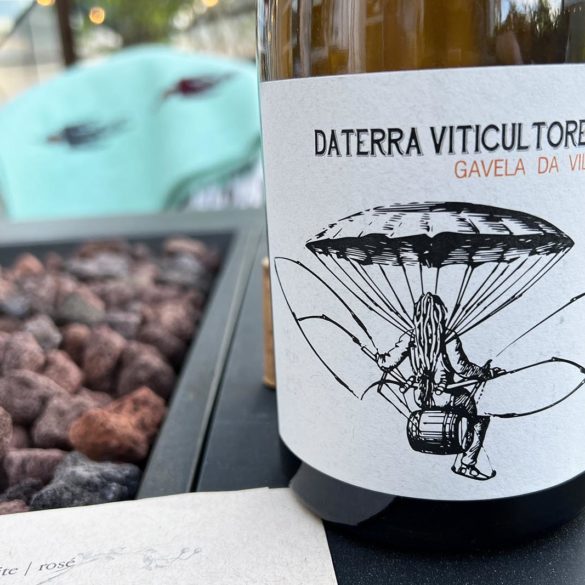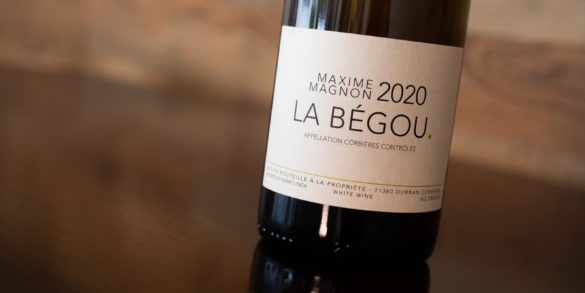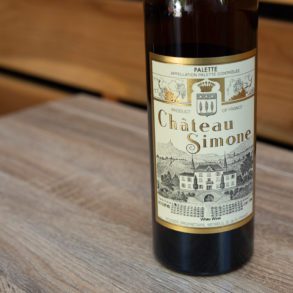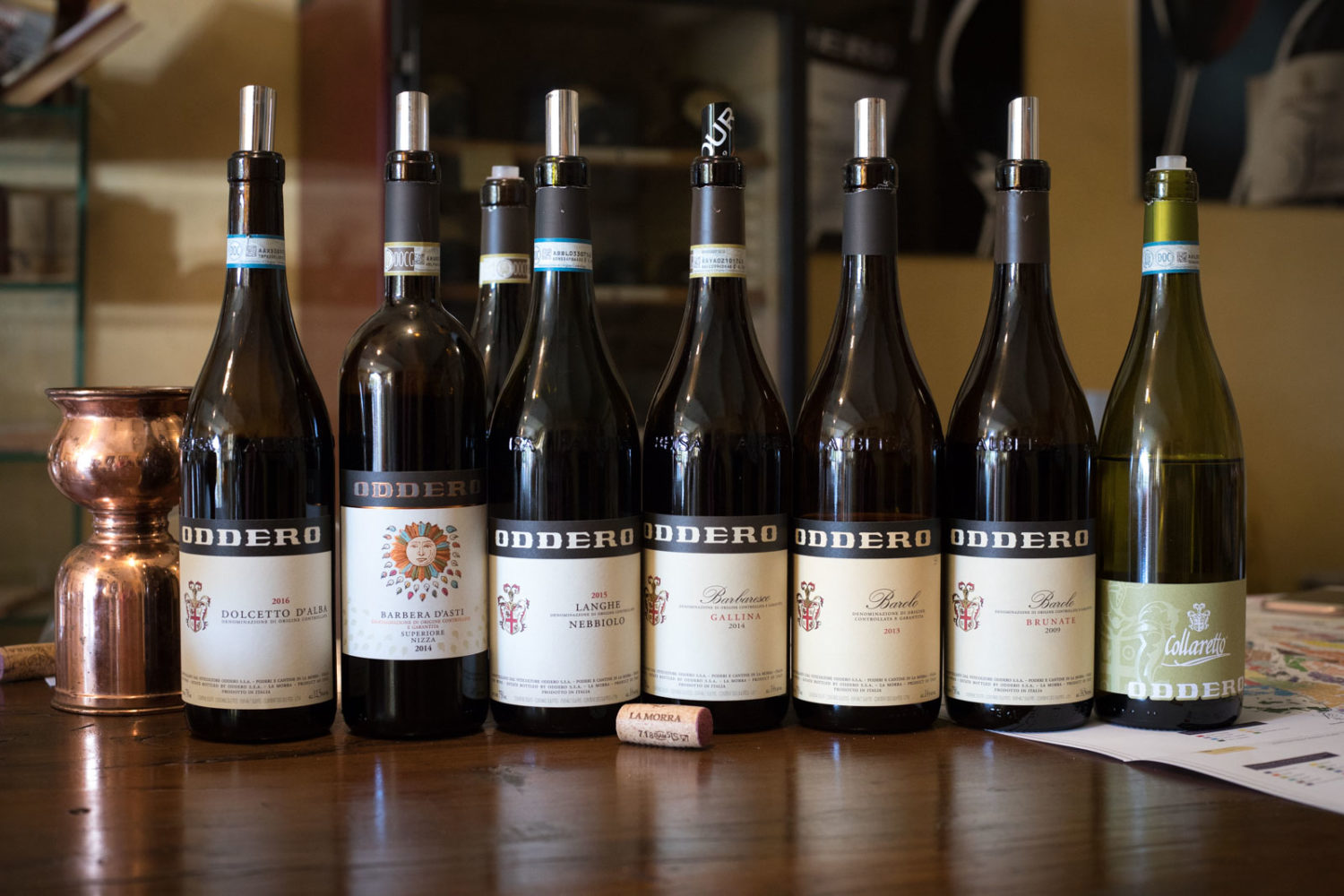Foradori
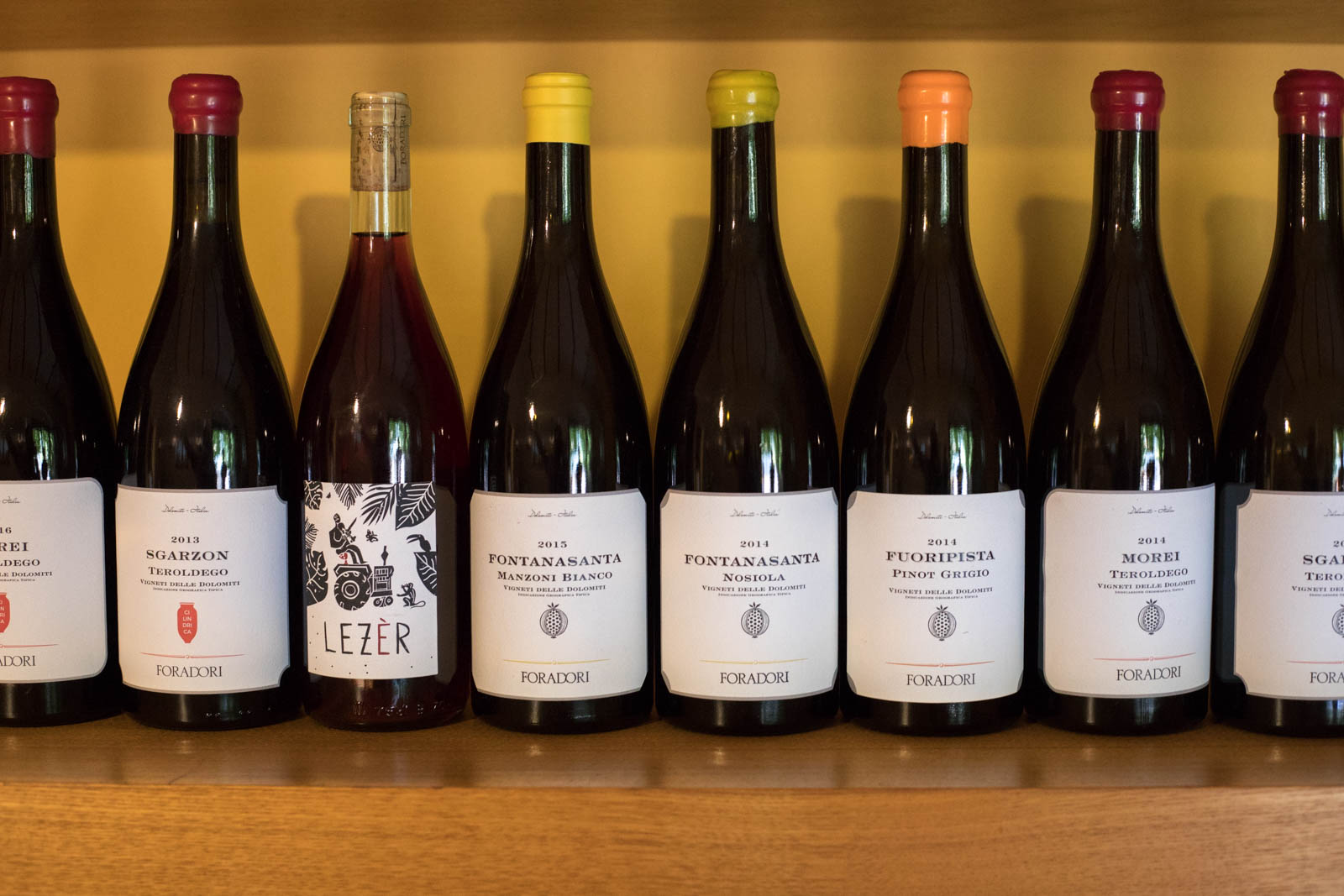
Why Foradori is Essential
Underneath the limestone cliffs of Trentino, Italy resides a farm devoted to the indigenous variety of Teroldego. I say "farm" because vegetables grow in between the trellised vines, and on weekends, they often sell produce to the local community. Things are different at Foradori. You quickly realize that when you set foot on this biodynamic estate.
I've visited many wineries that apply organic practices in the vineyard as well as those that devote their entire year to the rhythms of biodynamics. Foradori embraces both, but — in the blazing, determined eyes of Elisabetta Foradori — that is not enough. You need, as she calls it, "genetic richness" in the vineyard as well.
In the 1980s, she eschewed the trend of using clonal selections from nurseries and instead embraced massal selection, a process of propagation that relies on the genetic diversity of old vines (which she gets from her pergola-trained, 70- to 80-year-old Teroldego vines). Walk through Foradori's vineyards at harvest and you will notice that every cluster of Teroldego — and each vine for that matter — looks dramatically different from one to the next. The goal is not only to have more expressive grapes, but to have more resilient vines. Calling these wines "natural" seems overly simplistic. Each vineyard is a complex ecosystem, but you get the feeling that Elisabetta and her son, Emilio (who has now taken over winemaking) and daughter Myrtha (who does the gardening) have designed it this way through their careful nurturing.
But the real question is whether this matters in the glass, and I believe that it certainly does. Each vintage at Foradori is a new story, and they want it that way. In their tasting room, I found every wine to be delicious and beguiling, but I also noticed that they were challenging me and the way I approach wine. Wine at its finest is a dynamic and shape-shifting drink, and Foradori — by that standard — is among Italy's very best.
Mezzolombardo, Trentino
Grapes: Teroldego, Nosiola, Manzoni Bianco
Appellations/Cru: Vigneti delle Dolomiti IGT
American Importer: Louis/Dressner
Originally listed: September 2019
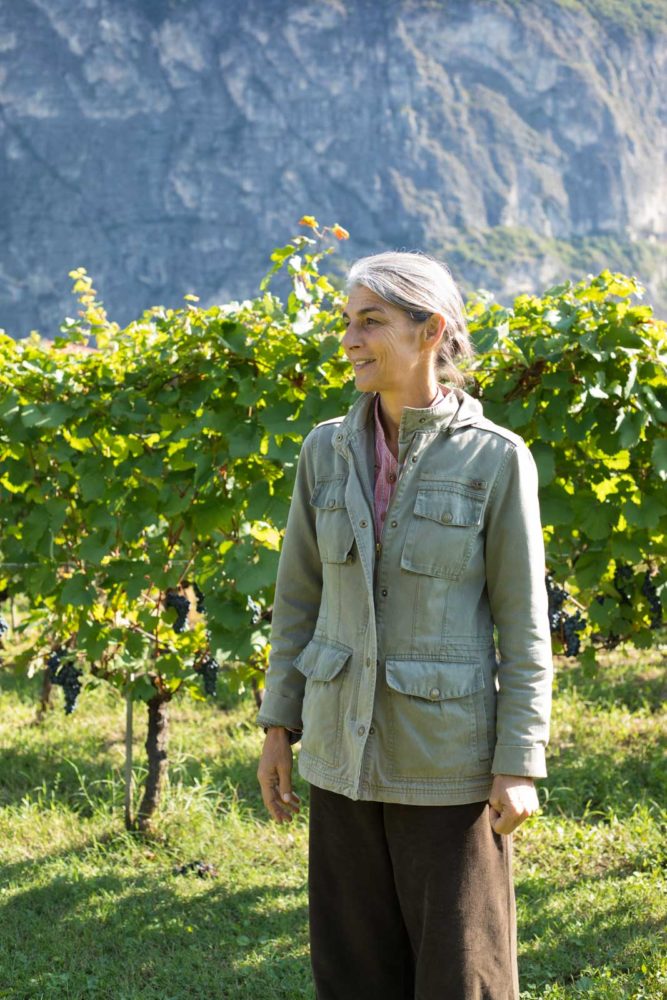 Elisabetta Foradori in her "forest of grapes" in Mezzolombardo, Italy. ©Kevin Day/Opening a Bottle
Elisabetta Foradori in her "forest of grapes" in Mezzolombardo, Italy. ©Kevin Day/Opening a Bottle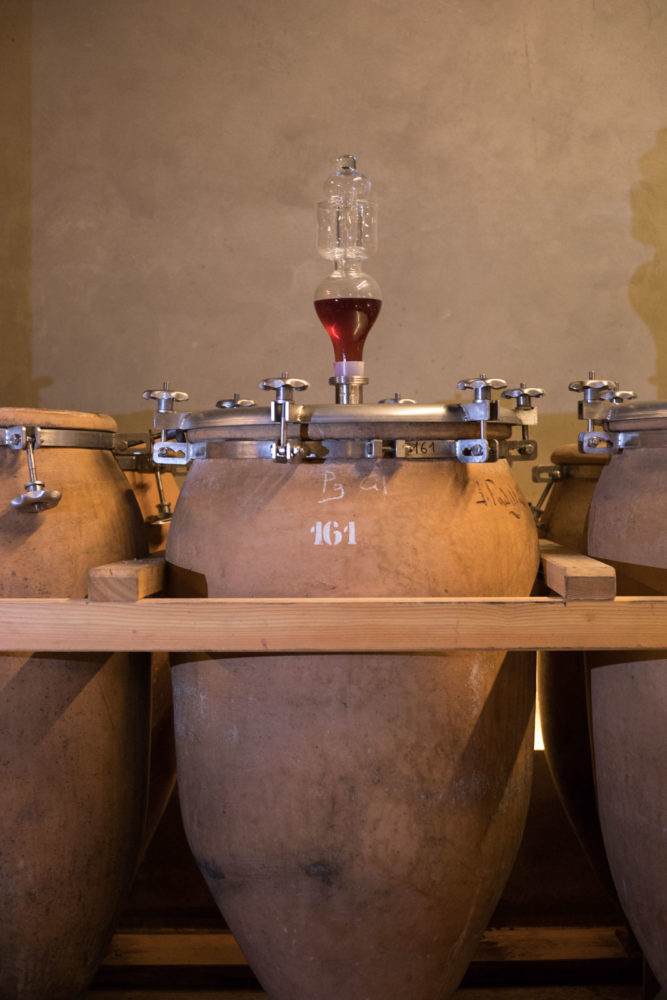 For select wines, Foradori uses clay tinaja for the wine's élevage to better capture varietal character. ©Kevin Day/Opening a Bottle
For select wines, Foradori uses clay tinaja for the wine's élevage to better capture varietal character. ©Kevin Day/Opening a BottleWines to Seek Out
Foradori may be best-known for Teroldego, but overlooking the white wines is like visiting New York City for theater, only to ignore what’s playing off Broadway. The skin-contact Pinot Grigio, the Manzoni Bianco and especially the Nosiola are among the most evocative white wines in Italy. View the recent tasting report from my visit to the estate.
Foradori Fontanasanta Nosiola
This may be the most exotic and compelling white wine I have come across in Italy. The great wines of Fiano, Timorasso, Ribolla Gialla and Trebbiano d’Abruzzo may have the stature and grandeur to outflank this little Nosiola, but tasting this wine is like being visited by a woodland nymph: disbelief at its delicacy is part of the experience.
Foradori Fontanasanta Manzoni Bianco
White whites do not need to be fruit-driven to be appealing, and Foradori’s Manzoni Bianco is a masterclass in savory emphasis. Sassafras, almond and floral aromatics lead the way, while a subtle, pineapple-like tone carries the wine through to the finish. This is a white wine with tannin, and benefits from some aeration before serving.
Foradori “Lezèr”
This light-maceration Teroldego wine is the brainchild of Emilio Foradori, who wanted to make a statement on Trentino’s “now tropical” climate, thanks to climate change. Meant to be consumed young, its sour-fruit profile and scouring acidity may be an acquired taste, but it is undeniably complex, and as a result, compelling. A red wine to serve with a subtle chill.
Foradori “Morei” Teroldego
Foradori’s three single-vineyard Teroldego are vastly different from one another.“Morei” comes from a rocky, alluvial terroir that receives more sunlight than “Sgarzon,” which seems to make it resemble Syrah a little more than Pinot Noir. Its élevage is also in clay vessels. There is a ferocity to this wine’s acidity that demands aeration, so either plan accordingly or cellar for a few years.
Foradori “Sgarzon” Teroldego
As brilliant as “Morei” is, its counterpart is even more impressive. “Sgarzon” comes from a strictly sandy terroir that is cooler, showing Teroldego’s resemblance to Pinot Noir a bit more on the palate, with a suppleness and length on the finish that is amazing. The aromas of black cherry, raspberry, black tea and spearmint also aid in the Pinot impression. Aged in clay.
Foradori “Granato” Teroldego
"Granato" is the Foradori wine that first captured the wine world's imagination in the 1990s. Hailing from those ancient, pergola-trained vines on the estate property, “Granato” has evaded the temptation of clay to be aged in large oak casks where it belongs. For me, it is Foradori’s masterpiece: flirtatious with its aromas (raspberry? black tea? peach?), disciplined with its tannins, and supremely refined throughout.


